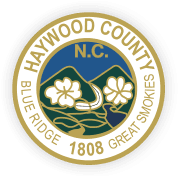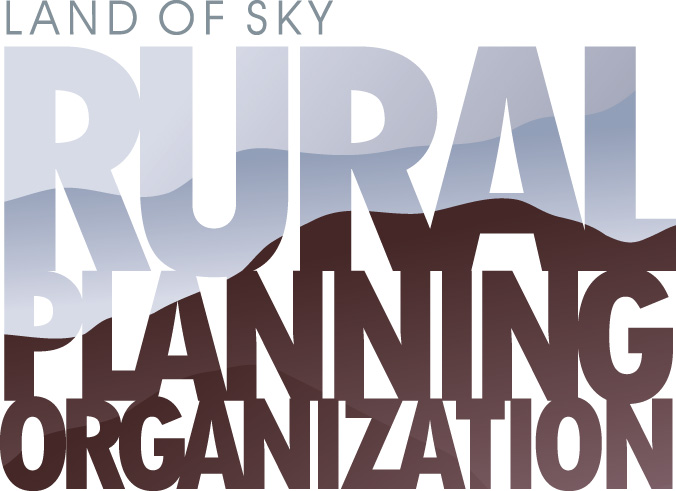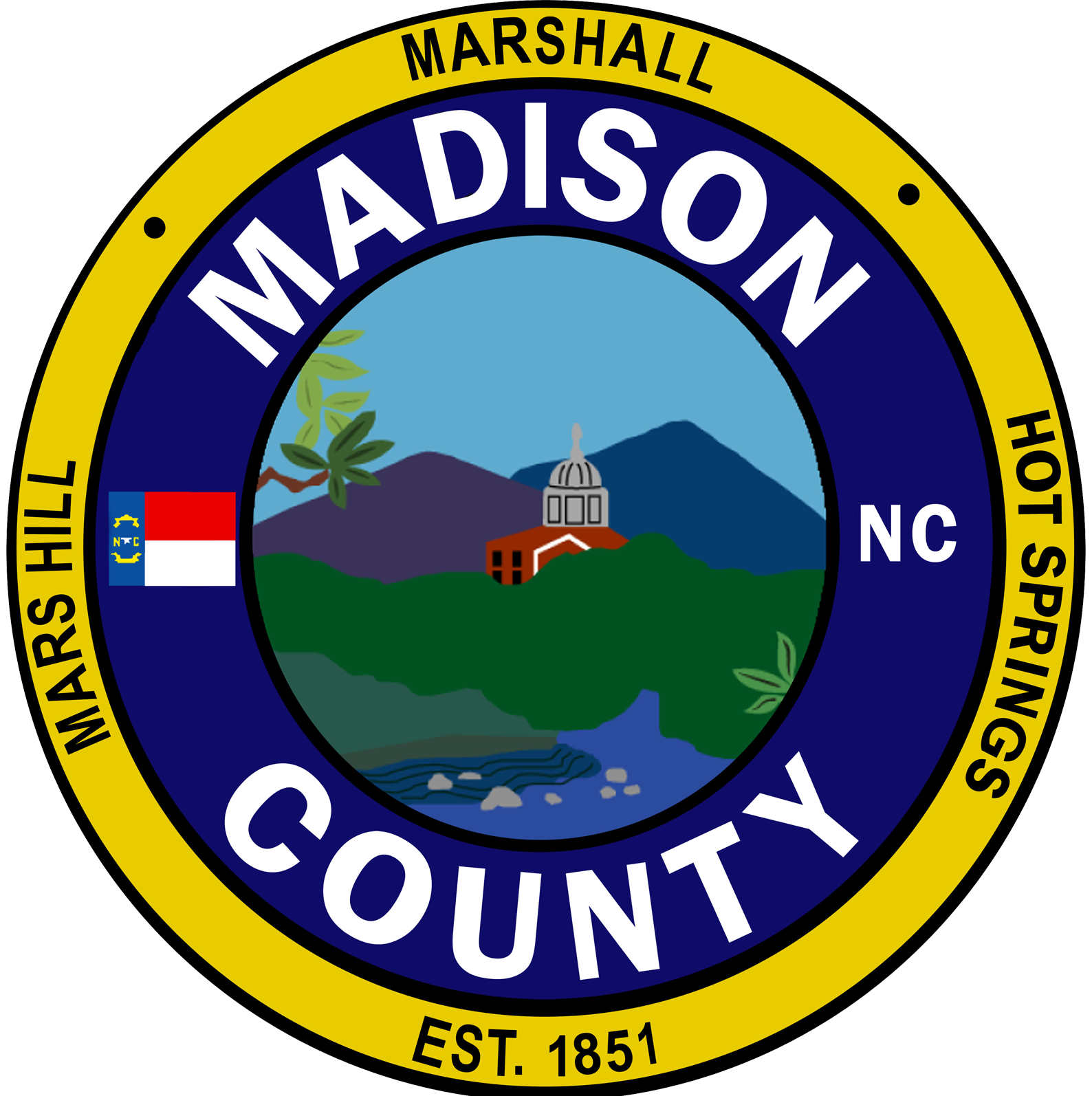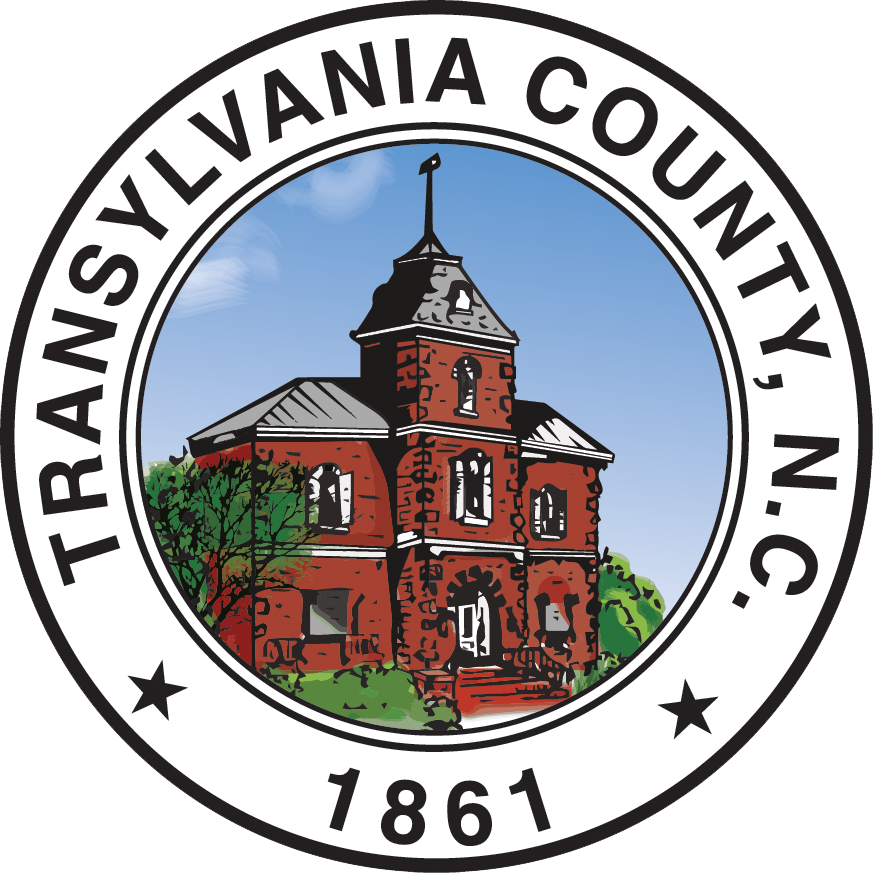About
Western North Carolina, nestled in the southern Appalachian Mountains, is known for its natural assets- the waterfalls, vistas, rivers, national forests, state parks, the list goes on. The outdoor lifestyle is what appeals to many of the region’s residents as well as people who come to visit. However, moving around the region by walking or biking is often challenging, unsafe, or, in some cases, impossible. Currently the region has about 18 miles of disconnected multi-use paths spread out over Asheville, Black Mountain, Brevard, Canton, Fletcher, Hendersonville, Mars Hill, and Waynesville. Only one jurisdiction in the region currently has marked bike lanes (Asheville.) Simply put, walking or biking around the region currently is limited to more confident bicyclists, but many communities in our region are planning for that to change.
Over the last few decades, local governments and advocates in Western North Carolina have been working on plans for trails, greenways, multi-use paths, and other bicycle and pedestrian infrastructure to develop a safer, healthier, and more environmentally friendly region. During this time, planning efforts have mostly focused on projects within a single jurisdiction- the Asheville Bike Plan, the Canton Bike/Ped Plan, the Laurel Park Bike/Ped Plan, etc. As many of these plans have started to be developed and implemented, the possibility of linking together local infrastructure to produce regional connections is becoming increasingly likely.
The Hellbender Trail is a concept developed from existing plans in Buncombe, Henderson, Haywood, Madison, and Transylvania counties to document a vision for region connected by trails for people to bike and walk. The name, taken from a large salamander native to Western North Carolina, is intended to reflect the natural appeal of the region, the toughness of the mountain topography, and something that has been local for a long, long time. The Hellbender Trail does not primarily try to plan connections or trails that haven’t been previously documented but intends to knit together existing and planned infrastructure from the local level to the regional. The goal of this approach is to form a regional bicycle and pedestrian network that is more than a sum of its parts, connects the communities of Western North Carolina, and enables a safe way for residents and visitors to explore our region on foot or bike. A trail network of this magnitude will require coordination and collaboration from many regional partners, including local governments, non-profits, land conservancies, and advocates.








